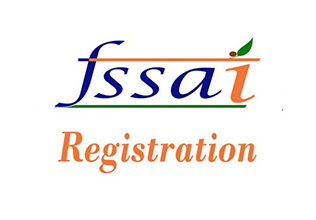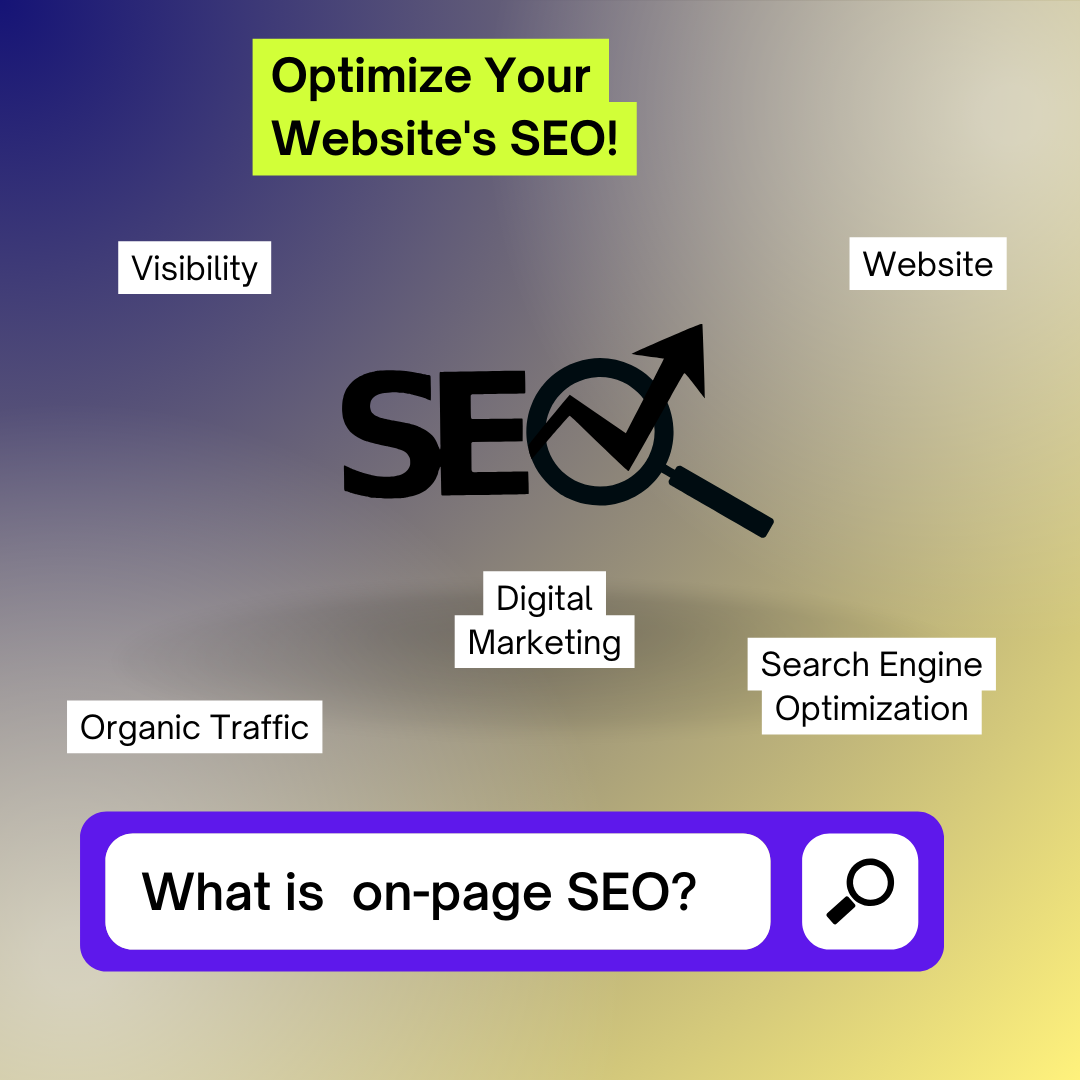
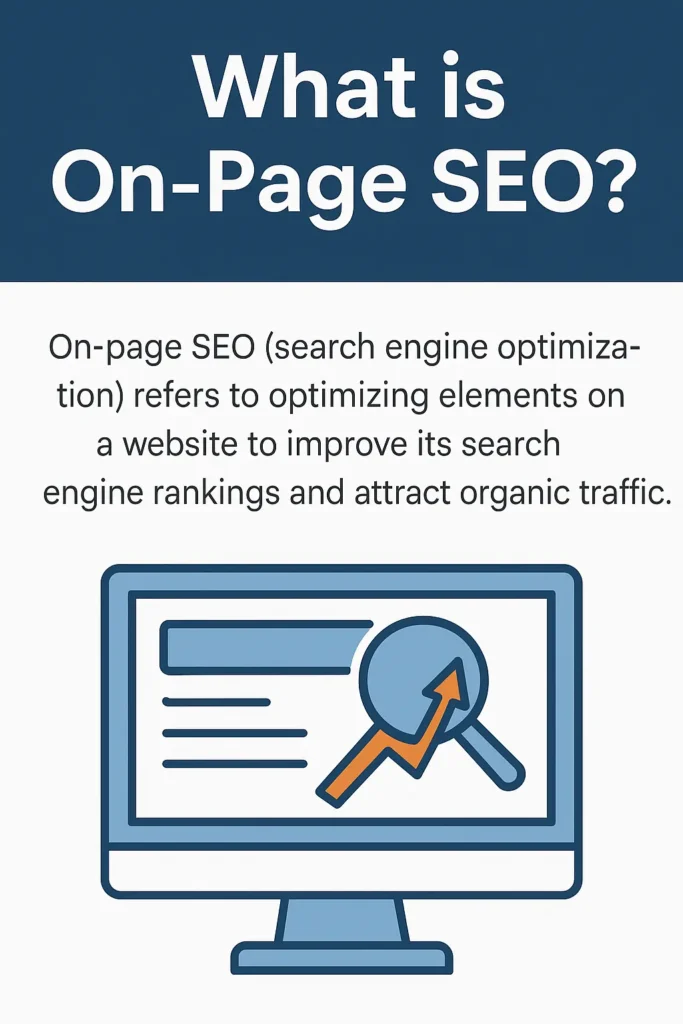
In today’s digital age, most businesses are done online, and having a website is just the starting point. However, if your website or content doesn’t appear on Google, it’s almost as if it doesn’t exist. That’s exactly where on page SEO works its magic. Also known as on-site SEO, on page SEO is optimizing your website’s pages to improve their ranking on search engines and attract more organic traffic. It involves both your content and the HTML source code of the page.
On this page, you’ll find a step-by-step guide that will help you optimize your pages to rank higher on search engines and make them more user-friendly. As a result, you can improve visibility and offer a better experience for your visitors.
Why On-Page SEO Is Important for Your Website
Before learning the steps of on-page SEO, it is extremely important to understand why it is essential for any web page. Simply put, on-page SEO plays a crucial role in boosting the visibility of your website and increasing organic traffic.
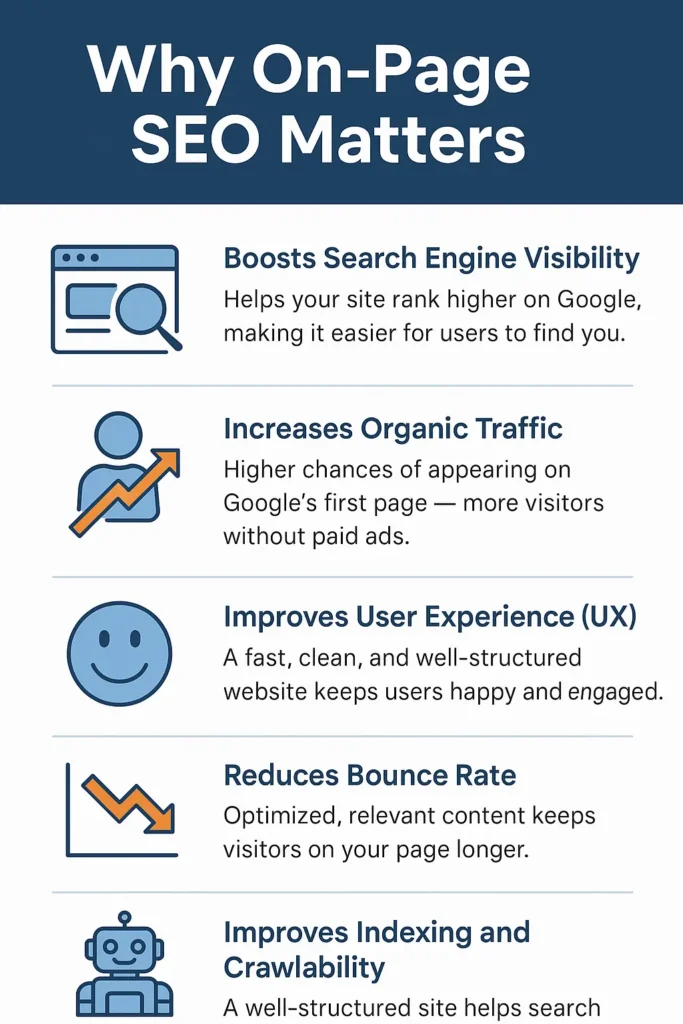
Therefore, here is a list of key reasons why SEO optimization is so important:
- Boosts Search Engine Visibility: Firstly, with the help of on-page SEO, your website’s visibility and ranking on Google improve significantly, making it easier for users to find you.
- Increases Organic Traffic: As a result of proper on-page SEO, your website has a higher chance of appearing on Google’s first page, which brings more organic traffic, and that too, without spending on paid advertisements.
- How On-Page SEO Improves User Experience (UX): Moreover, on-page SEO enhances your website’s performance. A faster, cleaner, and well-structured site ensures that visitors have a smooth and pleasant browsing experience.
- On-page SEO Helps Reduce Bounce Rate: In addition, when content is properly optimized and provides clear, relevant information, users find exactly what they’re searching for. Because of this, they stay longer, and the bounce rate decreases.
- Improves Indexing and Crawlability: Additionally, a well-structured website makes it easier for search engine crawlers (or bots) to access and index your content efficiently.
Key Steps to Improve On-Page SEO
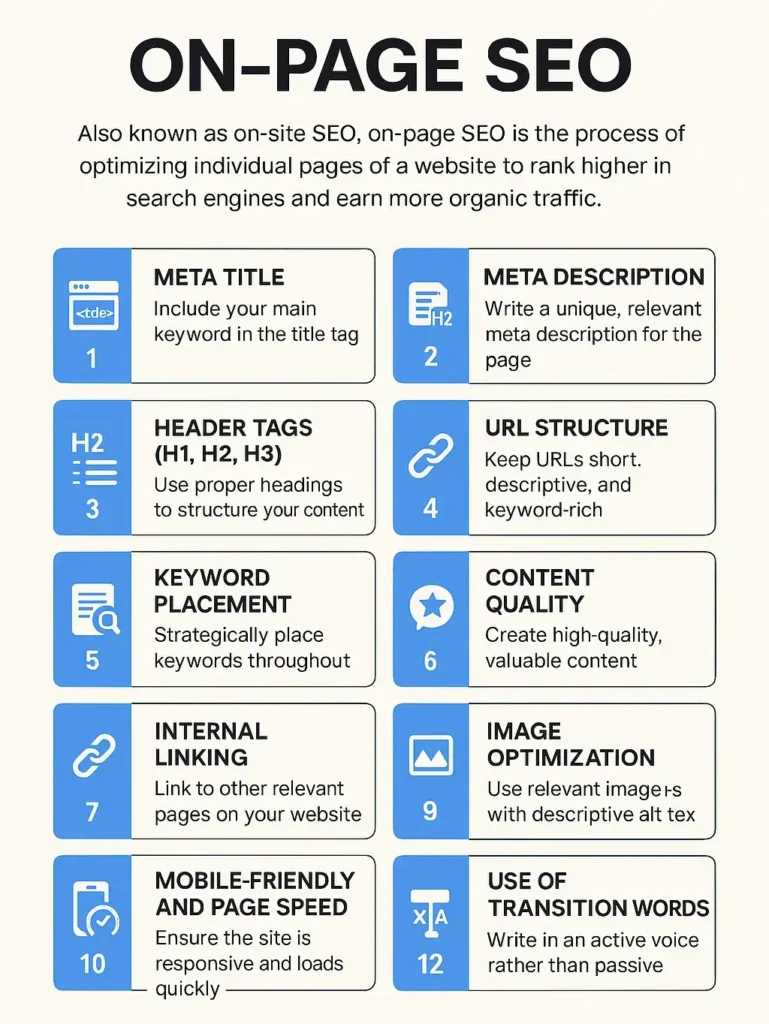
1. Meta Title:
The title tag is the main heading of any web page, and it appears in search engine results even before a user clicks on your link. Moreover, it is one of the most important elements of on-page SEO. Always make sure your main keyword is included in the title tag. This helps search engines understand what your page is about and improves your chances of ranking higher. The ideal character limit for a title tag is between 50-60 characters.

For example, if your main keyword is
“Search Engine Optimization”
Then your title could be
“What is Search Engine Optimization & Why It’s Important?”
Character count: 56
For example, if your main keyword is
“Search Engine Optimization”
Then your title could be
“What is Search Engine Optimization & Why It’s Important?”
Character count: 56
2. Meta Description:
The meta description is a summary that appears below the title tag in search engine results. It gives users a brief overview of what your web page is about before they even open it. Just like the title tag, including your main keyword in the meta description is essential. It helps search engines connect your content to relevant search queries, and it also encourages users to click on your link.
The ideal character limit for a meta description is between 150-160 characters. Staying within this range ensures that your entire description is visible in search results.

For example, if your main keyword is:
“Search Engine optimization,”
Then your description could be:
“A brief explanation of search engine optimization (SEO) and why it’s important for increasing website traffic & visibility, even without any paid ads.”
Description length: 150 characters
3. Header Tags (H1, H2, H3):
To improve the structure of your content, it is important to use proper header tags. Well-structured content not only looks clean but also helps users quickly understand what each section is about.
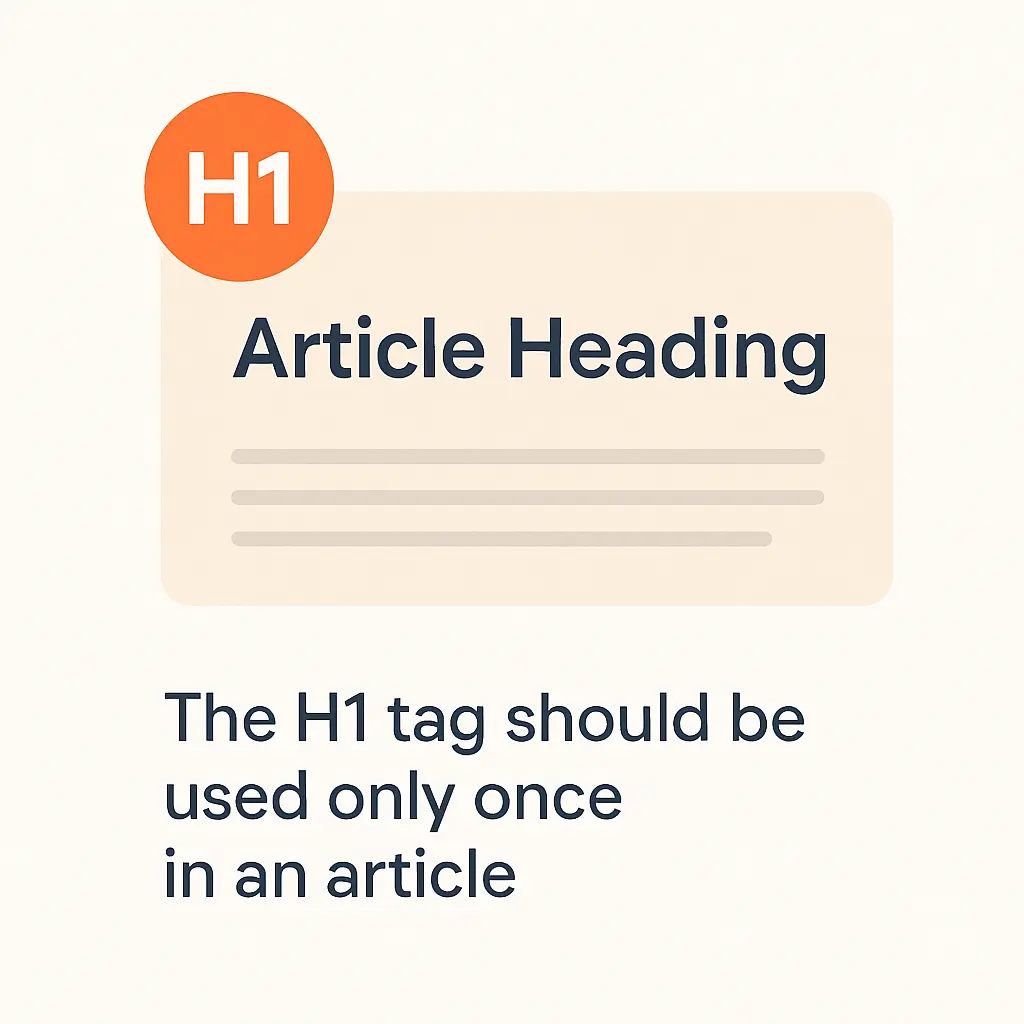
The H1 tag should be used only once in an article, and it usually represents the main title of your page. After that, you can use H2, H3, or H4 tags for subheadings, depending on the content hierarchy. This makes the page easier to read and helps both users and search engines navigate your content more effectively.
3. Header Tags (H1, H2, H3):
To improve the structure of your content, it is important to use proper header tags. Well-structured content not only looks clean but also helps users quickly understand what each section is about.
Here are some important tips to follow:
- Keep the URL as short as possible
- Include your main keyword in the URL
- Avoid using unnecessary numbers, special characters, or random parameters
A clean URL helps search engines understand what the page is about and builds trust with users.
For example, your main keyword is “on-page SEO.”
www.example.com/what-is-on-page-seo/
5. Effective Keyword Placement in On-Page SEO:
Keywords are the words or phrases that users type into search engines to find relevant content. These keywords help connect users to your web pages. In fact, they are the terms that Google ranks your content for. Therefore, placing your keywords correctly is a key part of effective on-page SEO.
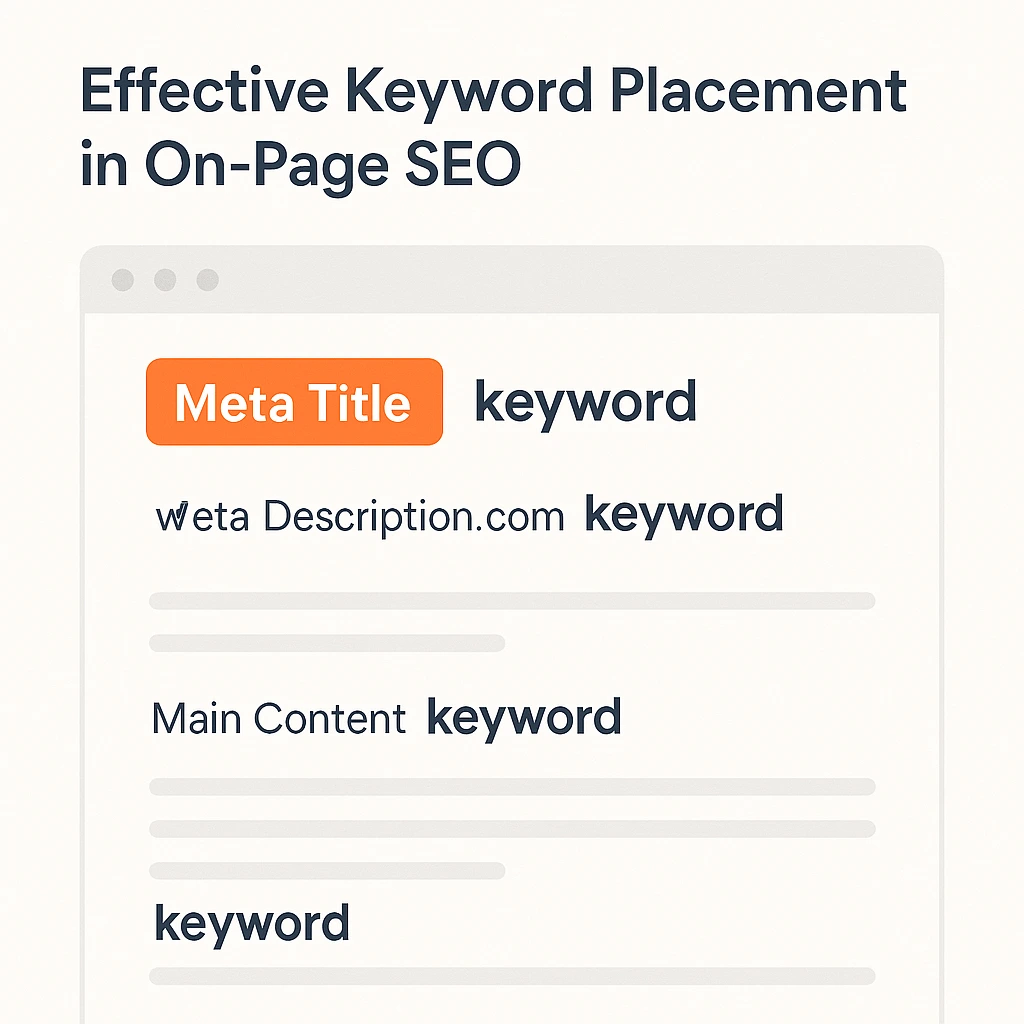
To help your web page rank better, make sure your main keyword appears in the following key places:
- Title tag
- Meta description
- URL
- Within the first 100 words of your content
- Image alt tags
- One or more subheadings
- Naturally throughout the content
However, you should avoid overusing the keyword. Overstuffing can harm your rankings and affect the readability of your content. Instead, aim for a keyword density between 0.5% and 2%.
(What is Keyword Density?)
Keyword density refers to how often your main keyword appears in relation to the total word count of your content. For example, if your main keyword is “on-page SEO” and your content has 1,000 words, you should not use the keyword more than 20 times.
6. How High-Quality Content Boosts On-Page SEO:
A web page can only rank at the top of search engine results if its content is updated, accurate, and original. Search engines always prefer content that is useful and offers real value to users.
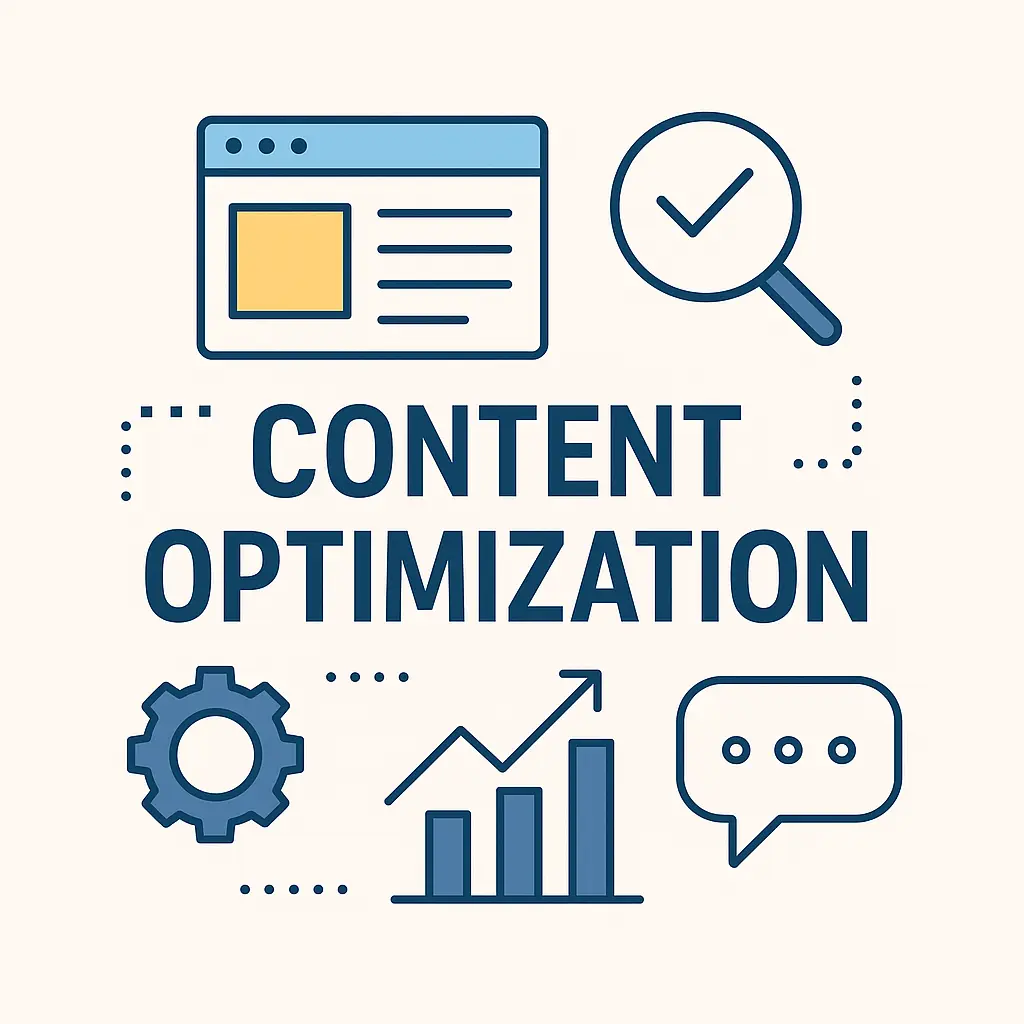
Here are a few simple tips to improve your content quality:
- Use active voice
- Vary sentence length
- Include statistics, facts, or real-life examples
- Write in a conversational tone
7. Internal Linking:
Internal linking means connecting one page of your website to another related page within the same site. It plays a key role in both improving user experience and enhancing your on-page SEO strategy.
For example:
“Learn more about technical SEO to complement your on-page SEO strategy.”
8. External Linking:
External linking refers to the practice of linking a page on your website to another reliable and trusted website. These links act as references and support your content by connecting it to authoritative sources.
9. Image Optimization Techniques for Better On-Page SEO:
Adding relevant images to your content not only makes it more engaging but also improves on-page SEO. However, just inserting images is not enough — they need to be properly optimized.
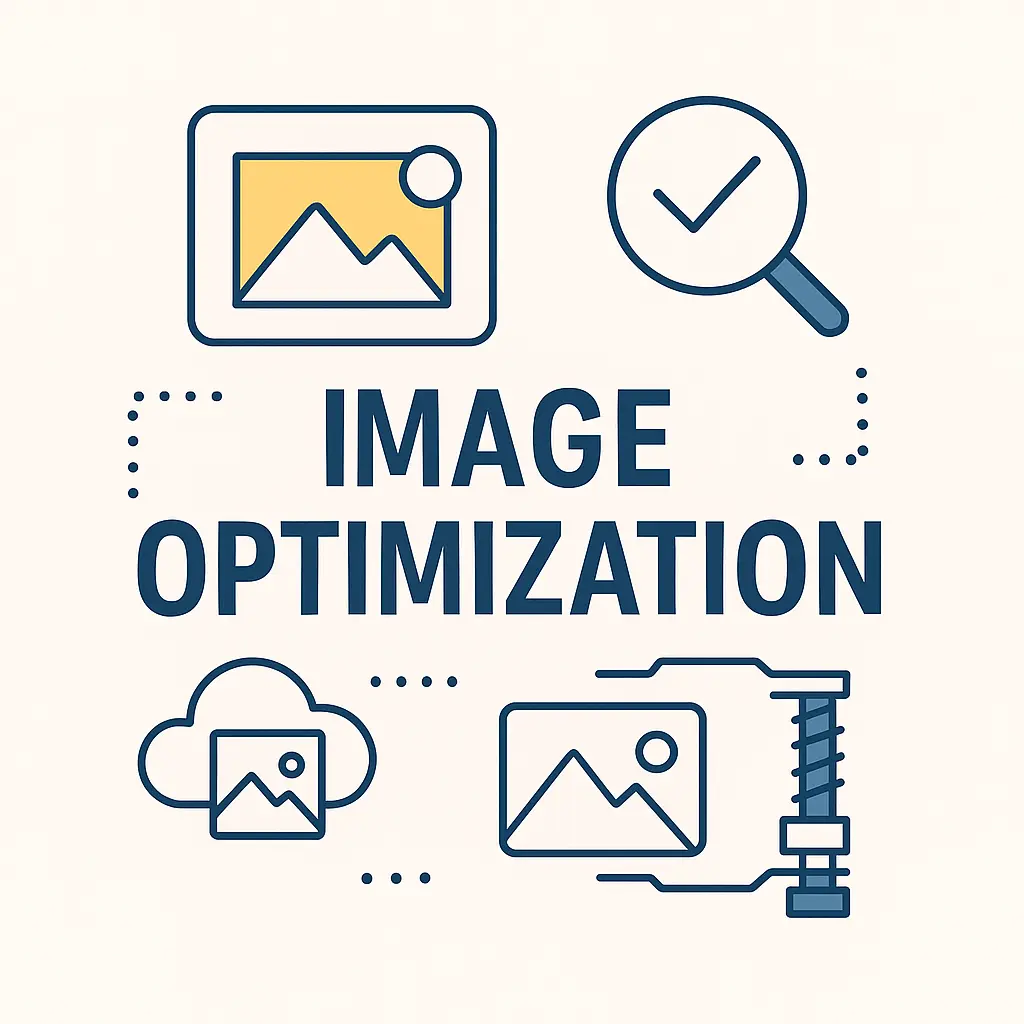
Here are a few simple ways to optimize your images:
- Use clear, high-quality images that match your content
- Add alt text (alternative text) to every image
- Include your main keyword in the image alt text when possible
- Compress images to ensure fast page loading
10. Mobile-Friendly Design and Page Speed in On-Page SEO:
Your website or webpage should be easily readable across all devices — whether mobile, desktop, or tablet. In today’s digital age, having a mobile-friendly site is no longer optional; it’s essential for both user experience and on-page SEO.
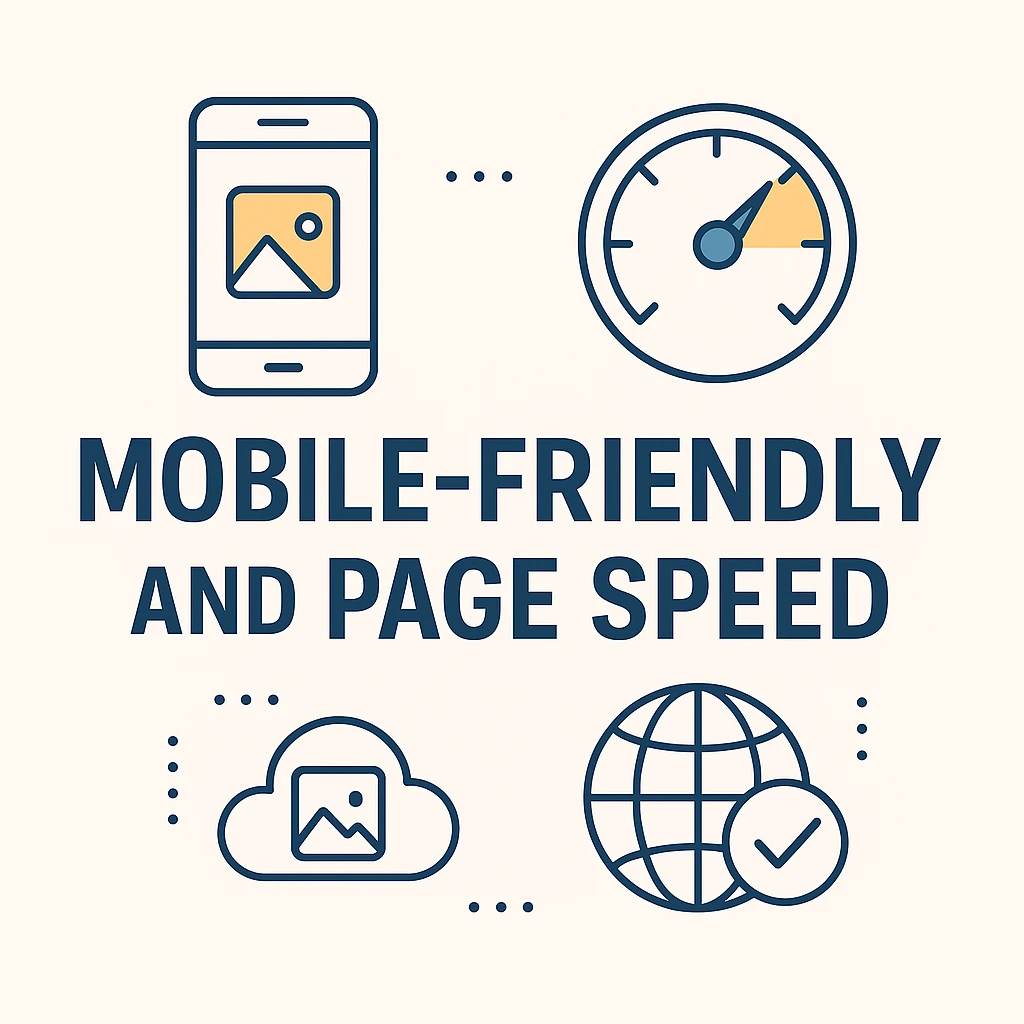
To improve page speed, consider:
- Minimizing CSS and JavaScript
- Compressing images
11. Use of Transition Words:
Transition words such as therefore, however, in addition, and as a result help make your content flow smoothly. These words improve readability and guide the reader through your ideas, making the content more cohesive.
12. Avoid Passive Voice:
Using active voice in your writing keeps the message clear and engaging. In contrast, passive voice can make sentences harder to understand and less direct. Aim to keep passive voice usage under 10% to maintain a strong readability score and enhance overall content quality.
Conclusion
On-page SEO is a crucial pillar for getting your website ranked on search engines. It covers all the necessary factors required to rank a web page effectively. By following these steps, you can boost both your website’s performance and its search engine position.
However, remember that on-page SEO is not a one-time effort. To maintain and improve your rankings, you should continuously update your content. This way, your webpage can remain at the top of search results.

